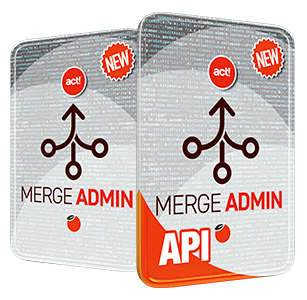In business and life, intentions can be laudable, but not meaningful. It's the execution of good intentions that influence change. For instance, buying a book is not the same as reading it, any more than planning to market, is the same as a marketing plan. A marketing plan includes objectives, awareness, and actionable processes. In the simplest terms, goals, plans, and actions.
Here are some steps to create an effective marketing plan:
- Identify the company’s mission: The company’s mission is the foundation of your marketing plan, but that mission should not be to "make money". Your mission should certainly yield money, but money cannot be your north star since it offers no direction.
- Know your competition: Competitor research helps companies better understand how their competitors are currently achieving success in the market, as well as the gaps available to you to fill.
- Run a SWOT analysis: A SWOT analysis helps companies decide how to maximize opportunities and minimize threats by understanding the strengths and weaknesses within the organization. SWOT stands for Strengths, Weaknesses, Opportunities, and Threats. And while this may sound like an academic exercise, it often yields useful insights.
- Develop buyer personas: A buyer persona details the specific qualities and traits of the customer most interested in buying a company’s product or service. This can be a gender, age, wealth, or education profile, but whatever it is, your marketing style should be geared to these segments.
- Set a marketing budget: Determine how much you’re willing to spend on your marketing efforts. Setting a budget allows you to plan for all available options, whereas not setting a budget pressures the planners to take the path of least resistence, which often means cheaper, perhaps less effective options that don't require ad hoc purchase approval each time.
- Identify a marketing tactic: Choose a specific approach or method to reach your target audience. This can include a wide variety of approaches like websites, paid placements, SEO & SEM, emarketing & marketing automation, event marketing, webforms, social media strategies, you name it. The key is to structure all these methods to feed back into a CRM that can distill the leads into a steady workflow for your sales team.
- Designing a market strategy: Develop a comprehensive approach to promote your product in the market. Identify a new product's purpose, the pain it relieves or the gap it fills, and message that purpose accordingly. The concept of "if you build it, they will come" works in the movies, but nowhere else. In business, a product's market and purpose must be effectively identified and positioned to get traction with a real-world audience.
Remember, an effective marketing plan is customer-centered, focused on your target audience, and outlines your marketing goals, strategies, and implementation process. It should also be reviewed and updated regularly to ensure it remains relevant and effective.




































